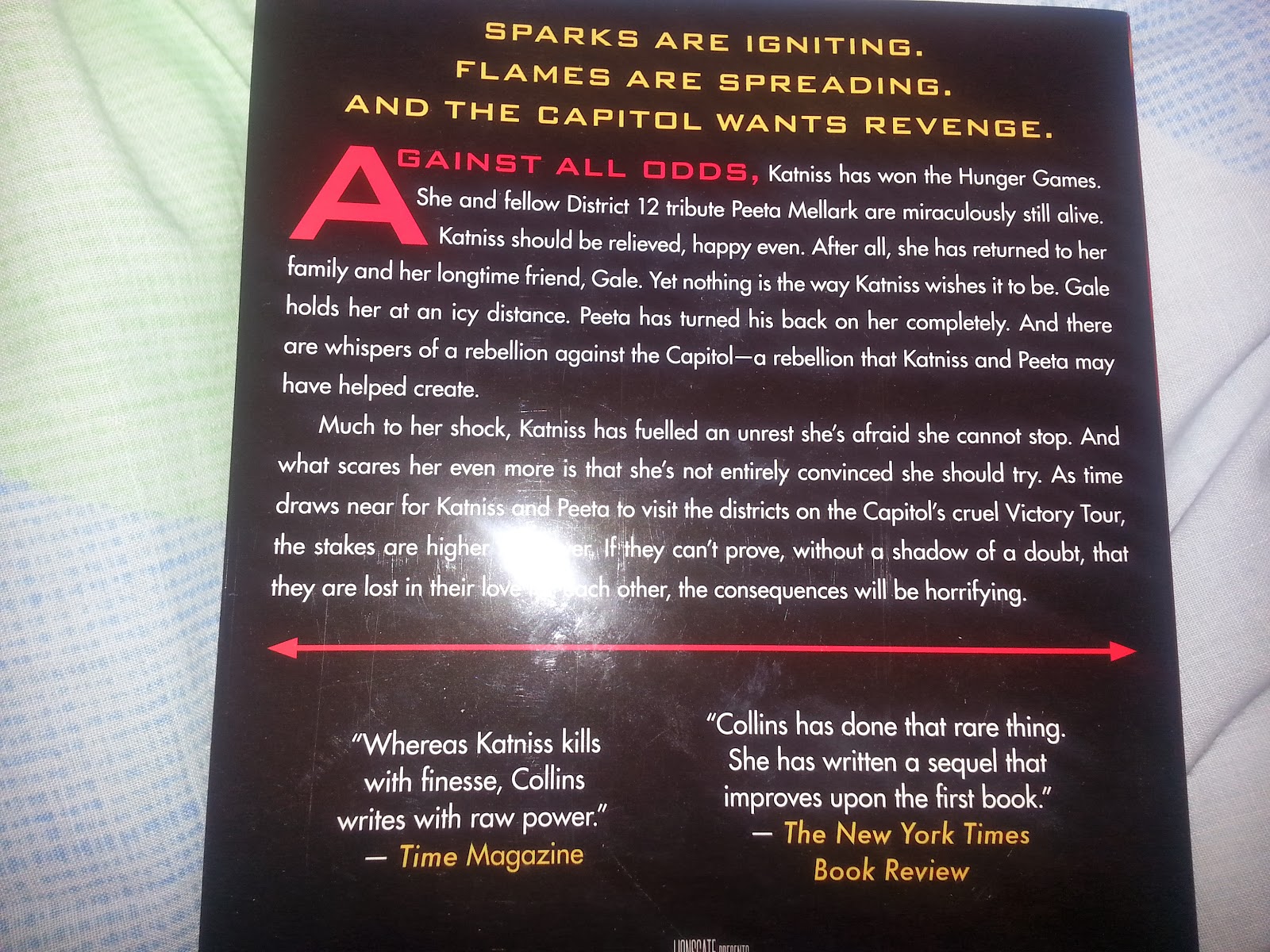Deborah Challinor is a well known New Zealand author and historian. She has written both fiction and non-fiction books, notably historical fiction and history books about Vietnam soldiers and the consequences of their service in the Vietnam conflict on the health of them and their subsequent children.
Currently Deborah Challinor is living in New South Wales Australia, writing a series of books based on four girls transported to Sydney Australia as convicts from London. Behind the Sun is the first of that series. You can read more about Deborah and her books at her website.
Here is the cover and blurb for Behind the Sun:
This book took a little bit to get started. For some characters, we meet them before they end up in the Newgate Gaol and find out how they got there; and for some other characters, we meet them once they arrive in Newgate. The conditions are vividly described and certainly leave a lot to be desired as far a living conditions go.
In these horrid conditions four young women bond, Friday (a prostitute), Sarah (a jeweller turned thief), Harriet (a seamstress that made a poor choice in a weak moment) and Rachel (a young naïve country girl) and work together to make the most of their meagre opportunities. All four are sentenced to transportation to Sydney, Australia.
The book follows them and some other Newgate prisoners through the voyage to Australia, bringing in more characters from another gaol, the ship's crew and the first class passengers. While the ship sails a major event happens that changes one girl's life forever, but also will continue to have ramifications for the other three girls long into the future.
The story continues through to their first seven or eight months in the new colony. Some of the women are assigned work placements and leave the Parramatta Factory (the gaol), while others stay for various reasons. But tragedy will take place for one of the women, and the other three will seek revenge. Unfortunately, they are not the only ones who know what they did.
I originally was purchasing the second book, Girl of Shadows, but the Whitcoulls sales lady pointed out that it was part of a series. I have always quite enjoyed Deborah Challinor's books, so it wasn't hard for the sales lady to twist my arm to buy both books.
The first book did take a while to set up the characters, but as the book goes on it brings in more central and secondary characters to develop the story with the main plot and other sub plots. Challinor is descriptive of Newgate, the voyage on the Isla, and what Sydney and the Parramatta Factory were like. I found these descriptions added to the feel of the time and the events.
I came across this meme today, and it really does describe how I feel about the characters of a book. As the story progressed, I became invested what would happen to Friday, Sarah, Harriet and Rachel, celebrating their successes and lamenting their failures. This attachment deepened as I read the second book of the series.
Once I was engaged in the book plot and the characters, there was no putting this book down, and then I was quickly on to reading the second book, Girl of Shadows. Read that review soon.













